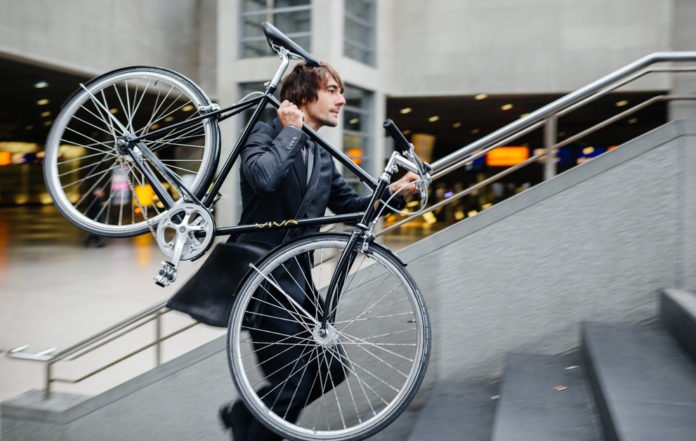Active travel has many advantages, including better health and a cleaner environment. But despite these advantages, most people still commute by car. According to an estimate, more than 90 percent of Americans drive a car to work.
Traveling by foot or bike has a lot of benefits, but not a lot of people do it. They may think they can’t do it because it’s too far and it’ll take too long when it turns out it’s really not.
According to a new study, stresses over the additional time expected to walk or bicycle to work is a major reason individuals jump into their autos for their day by day drive, however strolling or biking likely wouldn’t take as long as they think.
When researchers asked participants in a study to estimate how long it would take them to bike or walk to a common location in town, they found that the majority of people estimated incorrectly. Most of the participants thought it would take longer than it actually did.
Scientists actually wanted to look at people’s knowledge, attitudes, and beliefs. According to them, these are the things that they can change.
Melissa Bopp, associate professor of kinesiology, Penn State said, “For example, people who aren’t familiar with walk or bike travel tend to assume you use the same route you would drive, which might be along a busy road. Meanwhile, in actuality, there’s a perfectly lovely bike path that only crosses that busy road once. That’s a knowledge gap we can fix.”
The scientists enlisted 253 personnel and staff and 252 understudies at Penn State for the investigation. The members were gotten some information about how frequently they drove, took the transport, strolled or biked to grounds; how they felt about dynamic travel; and how physically fit they were. They additionally addressed inquiries concerning to what extent they figured it would take them to walk or bicycle from their home to grounds. Genuine travel times were ascertained utilizing Google Maps.
In the wake of breaking down the information, the scientists found that around 91 percent of workforce and staff mistakenly evaluated to what extent it would take to stroll to grounds, and around 93 percent misestimated to what extent it would take to bicycle.
Understudies were somewhat better at assessing travel times — around 55 percent inaccurately evaluated strolling times and around 43 percent misestimated biking times. Nearly everybody who was not precise overestimated the movement time.
Bopp said they also found several characteristics that could predict if someone was more likely to be “discordant,” or likely to estimate travel times incorrectly. Faculty and staff who thought parking was more available and accessible were more discordant, and women were more likely to be more discordant than men.
Bopp said another predictor was self-efficacy or self-confidence.
“For faculty and staff, self-confidence for walking and biking in town or on campus was a huge predictor,” Bopp said. “We can have all the bike lanes in the world, but if you don’t feel confident to go out there and bike, then you’re not going to do it. But luckily, self-confidence is a targetable thing. Providing education, encouragement, and resources can help with that. There are urban biking classes you can take, for example.”
Dangaia Sims, who worked on the study while earning her doctorate in kinesiology at Penn State said, “Experience with active transportation will usually give someone a better understanding of how long it actually takes to commute by bike or on foot. While efforts can be taken to better educate the general public of how long it actually takes to commute somewhere via active modes, we recommend that they actually try it out for themselves. Often people indicate that the reason they choose to drive is that its much quicker than walking or biking when, in reality, that may not be the case.”
